Tampa’s music scene feels as diverse as the people living here. Reggae, jazz, hip-hop, indie rock, and Latin music—every genre seems to carve out its own corner and story.
You can hear the city’s personality in this wild mix of sounds and cultures. It’s vibrant, a little chaotic, and somehow still close-knit.
Whenever I wander through Tampa or duck into a venue, music just seems to be everywhere. Local concerts pop up all the time, and festivals like the Gasparilla Music Festival turn the city electric.
The energy at these events? It’s contagious. People come together, and you really feel what makes Tampa tick.
Music here isn’t just background noise. It’s how folks share their stories and celebrate what makes them unique.
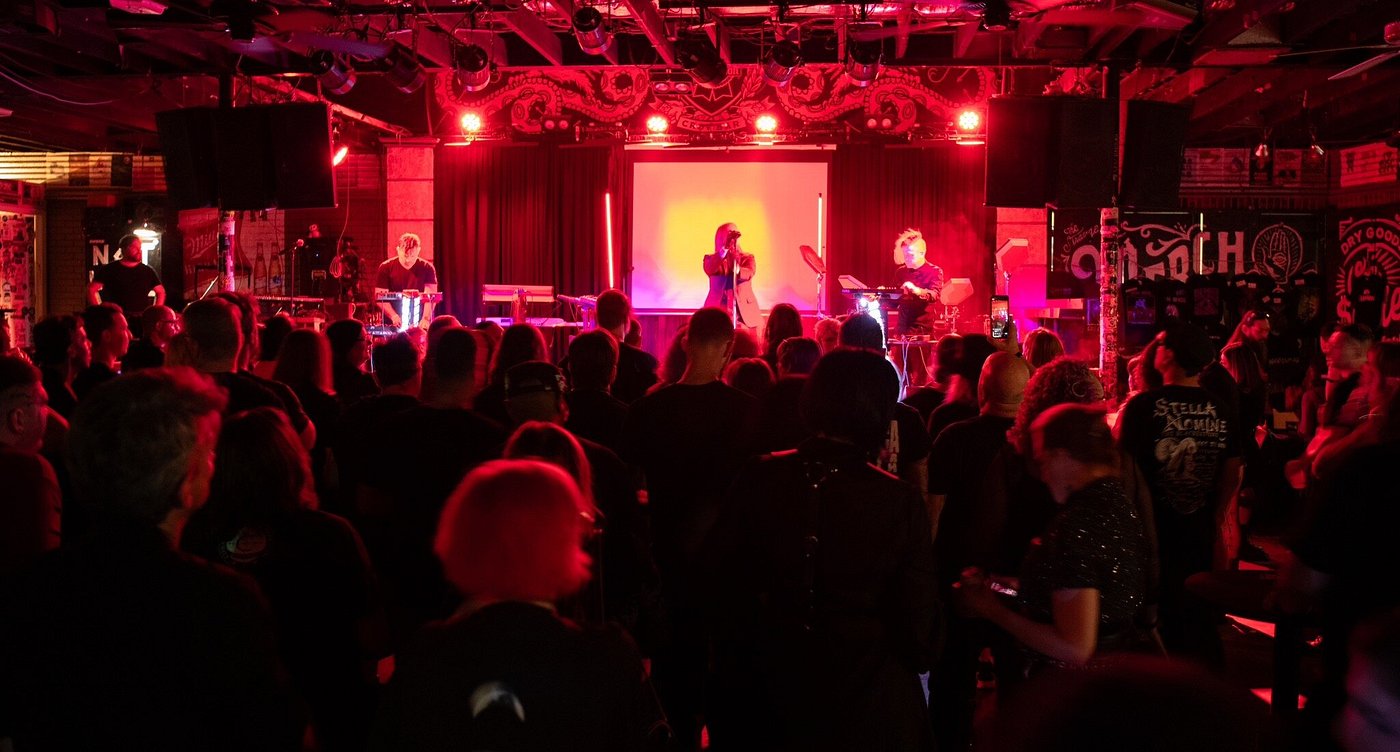
How the Tampa Music Scene Captures the City’s Identity
Tampa’s music scene mirrors the city—bold, diverse, and deeply rooted in its people. The scene thrives because so many genres and cultures collide, and locals genuinely support it.
Diversity of Musical Genres
The mix of musical styles in Tampa is honestly wild. One night, I’ll catch reggae or jazz, and the next it’s hip-hop, rock, or even some EDM pulsing through a club.
That variety? It’s because people from all over have made Tampa Bay their home.
Events like Gasparilla Music Festival pull together artists from across the spectrum. Nightclubs and tiny bars might surprise you with Latin beats or indie rock.
Tampa’s got a history, too—think Mel Tillis, Chick Corea, The Outlaws. The city’s never been shy about trying new sounds.
It’s this “something for everyone” vibe that keeps the scene open and exciting. The constant change reflects Tampa’s welcoming attitude toward both locals and newcomers.
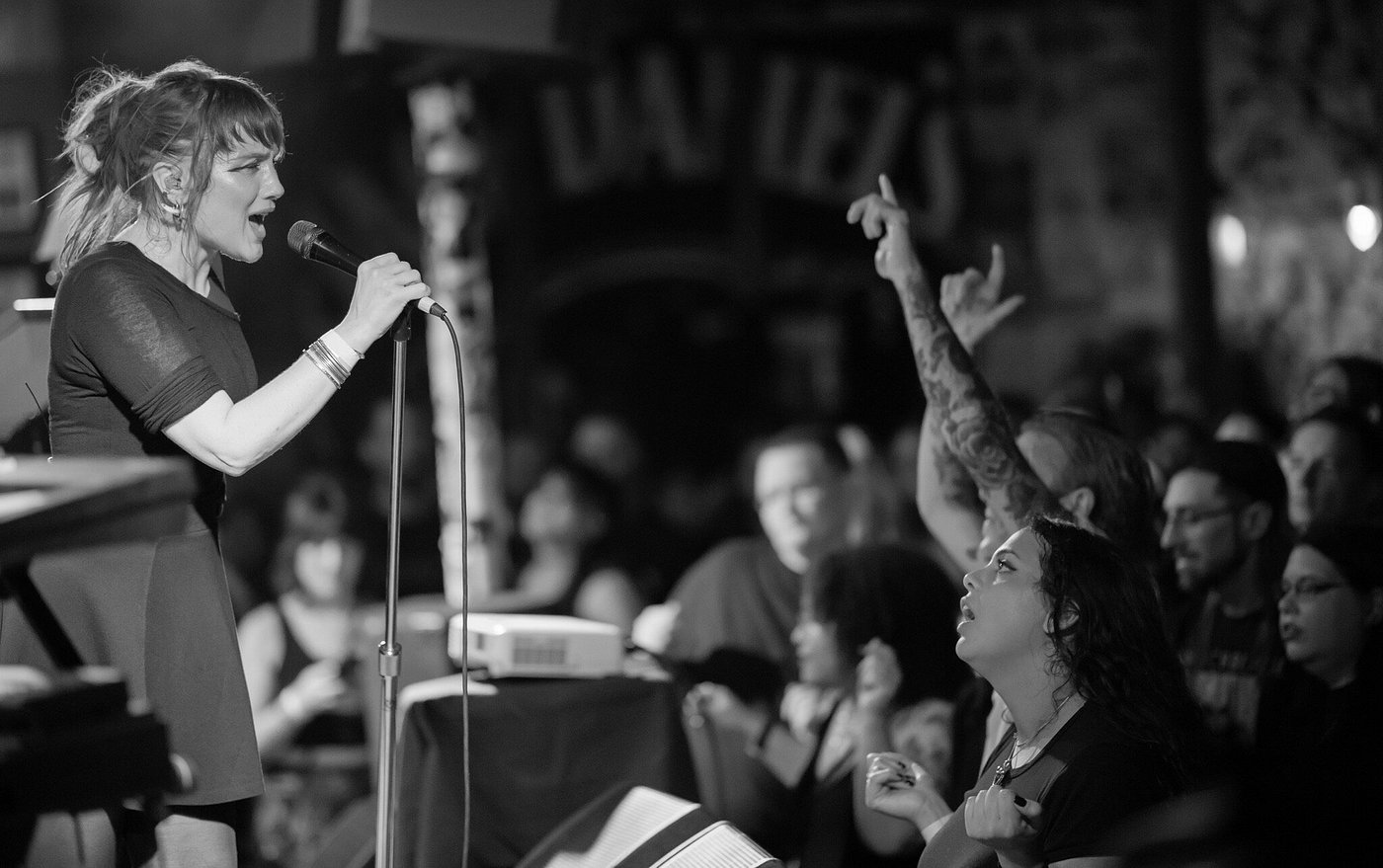
Cultural and Social Influences
At the heart of Tampa Bay’s music, there’s this deep connection to cultural heritage. Spots like the Cuban Club and Straz Center host performances that spotlight the city’s Hispanic, Caribbean, and African-American roots.
I love how these venues let you experience different cultures just by listening.
Music also works as a tool for social change here. Local musicians often use their art to talk about equality, justice, or just plain community pride.
During protests or special events, I’ve watched music pull people together and send out powerful messages.
Festivals like Tampa Bay Caribbean Carnival and Tampa Bay Pride Music Festival encourage everyone to celebrate differences. I always get a sense of both the city’s history and its future at these events, wrapped up in rhythm and melody.
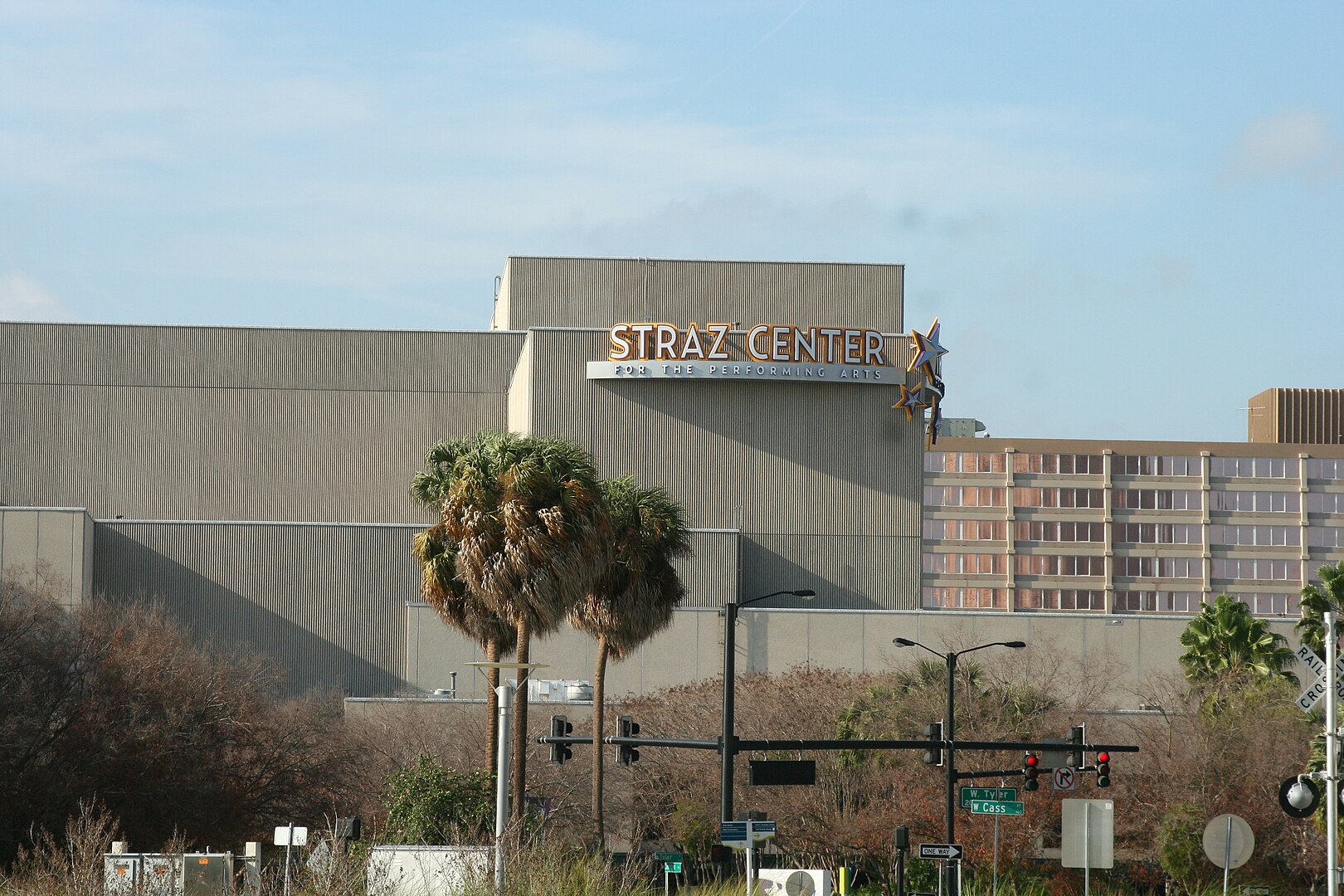
Local Support and Community Engagement
Grassroots support keeps Tampa’s music scene alive. Coffee shops, concert halls, and even neighborhood block parties give musicians a place to shine.
I’ve seen open mic nights spark new friendships and bring strangers together.
Community centers and schools do their part, too. They run music programs that introduce kids to different instruments and styles.
These efforts help young people feel like they belong, no matter where they’re from.
List of Local Highlights:
- Gasparilla Music Festival
- Straz Center cultural events
- Local coffee shop open mic nights
By making room for everyone, Tampa’s community keeps its music scene strong and true to the city’s spirit.
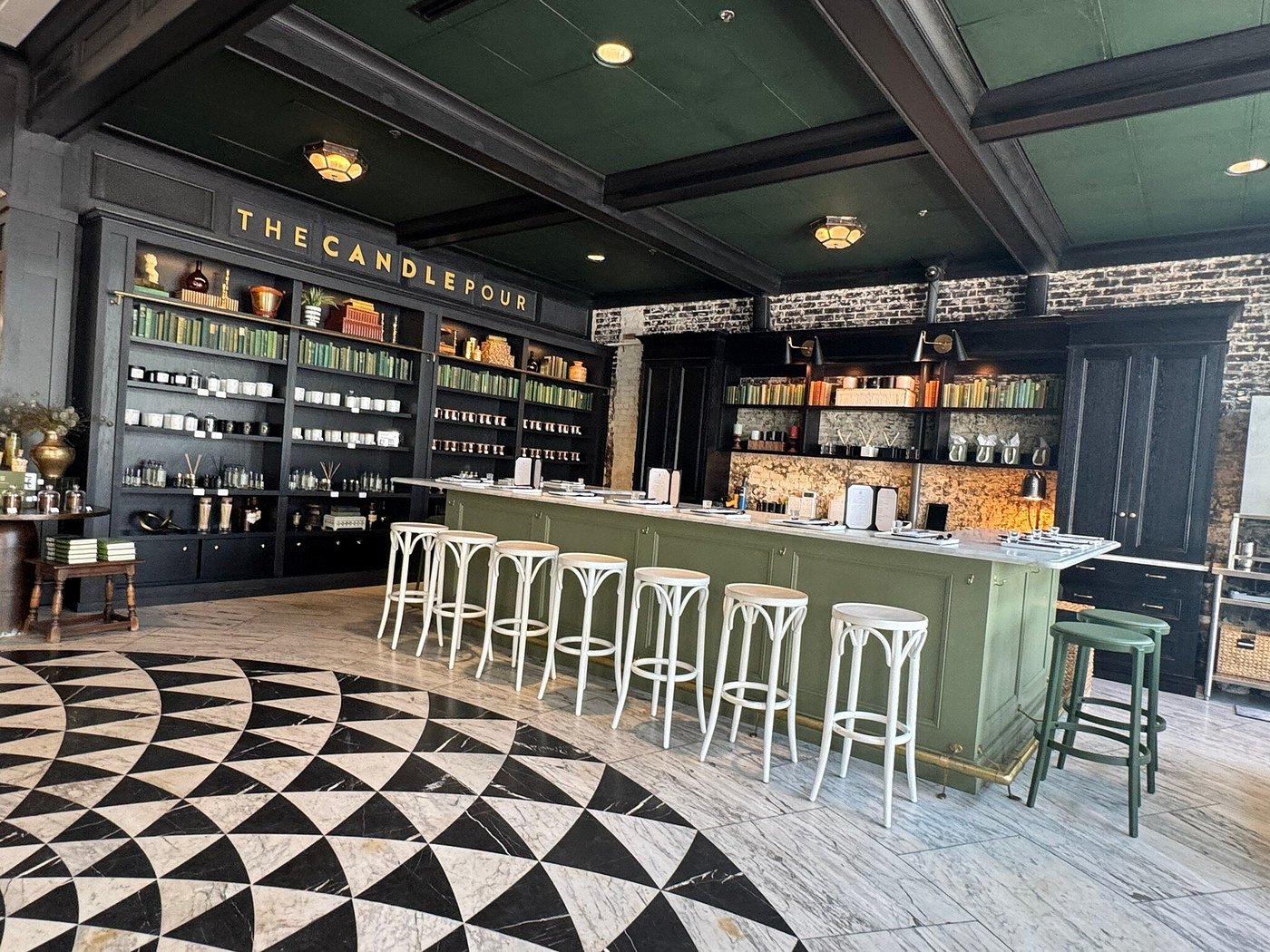
Signature Sounds: Genres and Artists Shaping Tampa
Tampa’s music feels like a patchwork of street styles, underground legends, and local flavor. The city’s neighborhoods, nightlife, and cultural mash-ups all shape the musical soul here.
Jook, Hip-Hop, and the Dance Club Legacy
When Tampa’s nightlife comes to mind, I immediately think of “jook”—that bass-heavy, bouncy style of hip-hop and dance from East Tampa.
Local DJs and artists built this scene in tiny clubs and community centers, layering live percussion and beats that just make you want to move.
The music has this raw, energetic pulse, often with call-and-response lyrics that get crowds hyped.
Artists like Tom G and DJ Trans pushed jook and Tampa hip-hop into the spotlight, both locally and across the state.
Radio shows, dance arenas, and block parties kept the sound alive. Even now, you’ll hear those jook beats pulsing through Tampa’s clubs and parties, giving the city its own late-night vibe.

The Metal Capital: Death Metal Origins
People call Tampa the “Death Metal Capital of the World”—and honestly, it earned that title. In the late ‘80s and early ‘90s, bands like Death, Obituary, Morbid Angel, and Deicide basically invented a genre here.
Studios like Morrisound Recording captured that technical, aggressive sound and turned it into legend.
Fans traveled from all over to catch live shows. Bands collaborated, swapped members, and recorded together, keeping the scene tight but always pushing boundaries.
Tampa death metal’s energy and complexity still echo in modern metal. Plenty of bands today look back to those early albums and venues like The Orpheum or Brass Mug for inspiration.
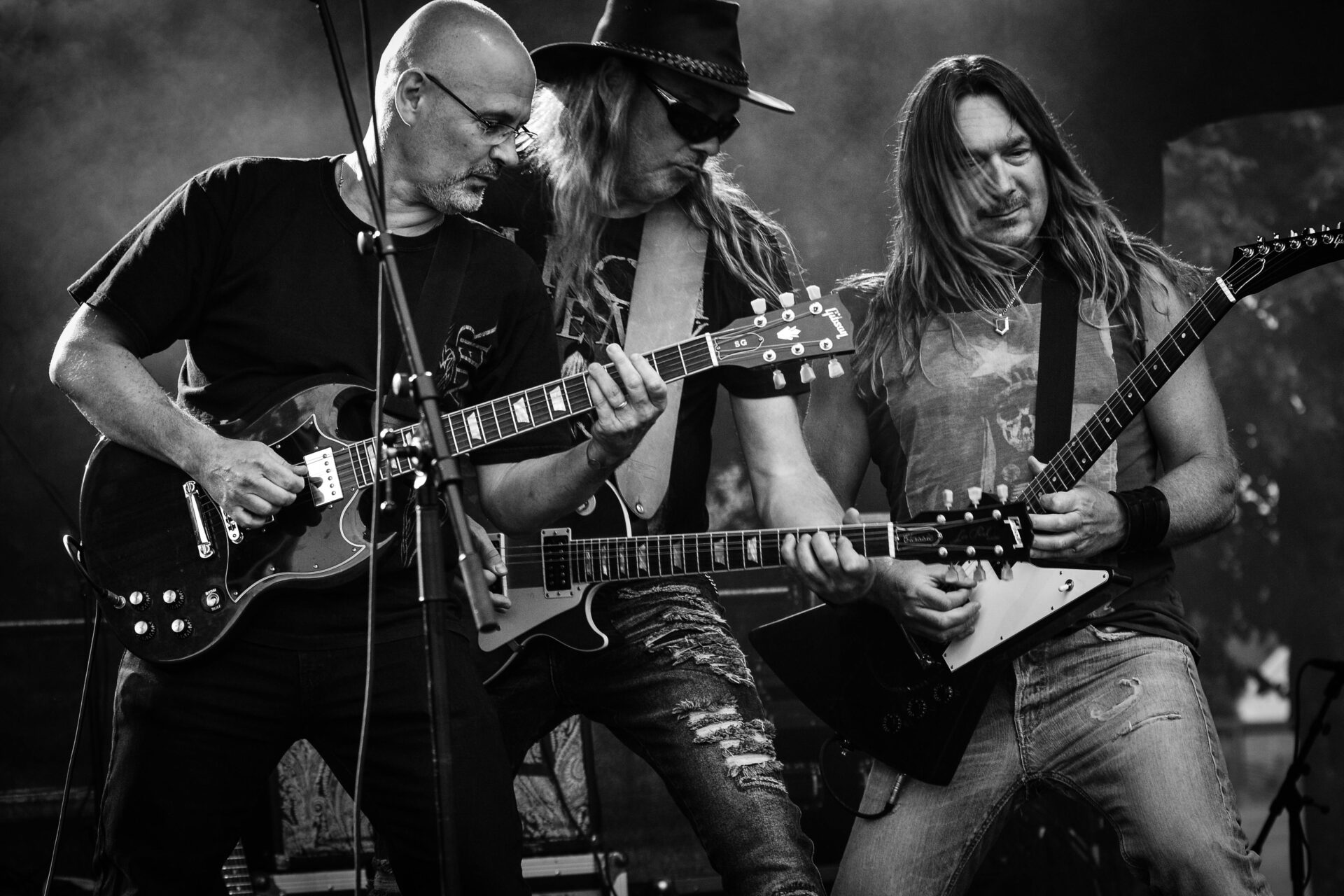
Growth of Pop and Indie Artists
Pop and indie music in Tampa keep growing, pulling away from tradition and making room for fresh voices.
Colleges like the University of South Florida and University of Tampa have become hotspots for new artists.
In recent years, indie rock, electropop, and alternative bands like Colours and Set It Off have found fans nationwide. Most start out playing smaller venues before moving up to bigger stages.
The indie scene is honestly impressive. Coffee shops, art galleries, and local bars host open mic nights where new musicians get their first shot.
Sure, Tampa’s produced some bigger names like Aaron Carter, but there’s something special about catching a rising act before they blow up.

Percussion and Latin Music Impact
Tampa’s big Cuban, Puerto Rican, and Caribbean communities have made percussion a signature sound. Live Latin bands are everywhere at festivals and family gatherings, with timbales, congas, and bongos front and center.
Salsa, merengue, and reggaeton fill the air at places like the Cuban Club or Ybor City street parties. Local musicians often mix Latin percussion with jazz, rock, or pop, giving old styles a fresh twist.
Music schools here offer lessons in traditional Latin percussion, helping young players keep the tradition alive. Even bands outside the Latin scene add congas or cowbells to their sets, making percussion a citywide thing.
These roots keep Tampa’s music lively and connected to its many cultures.
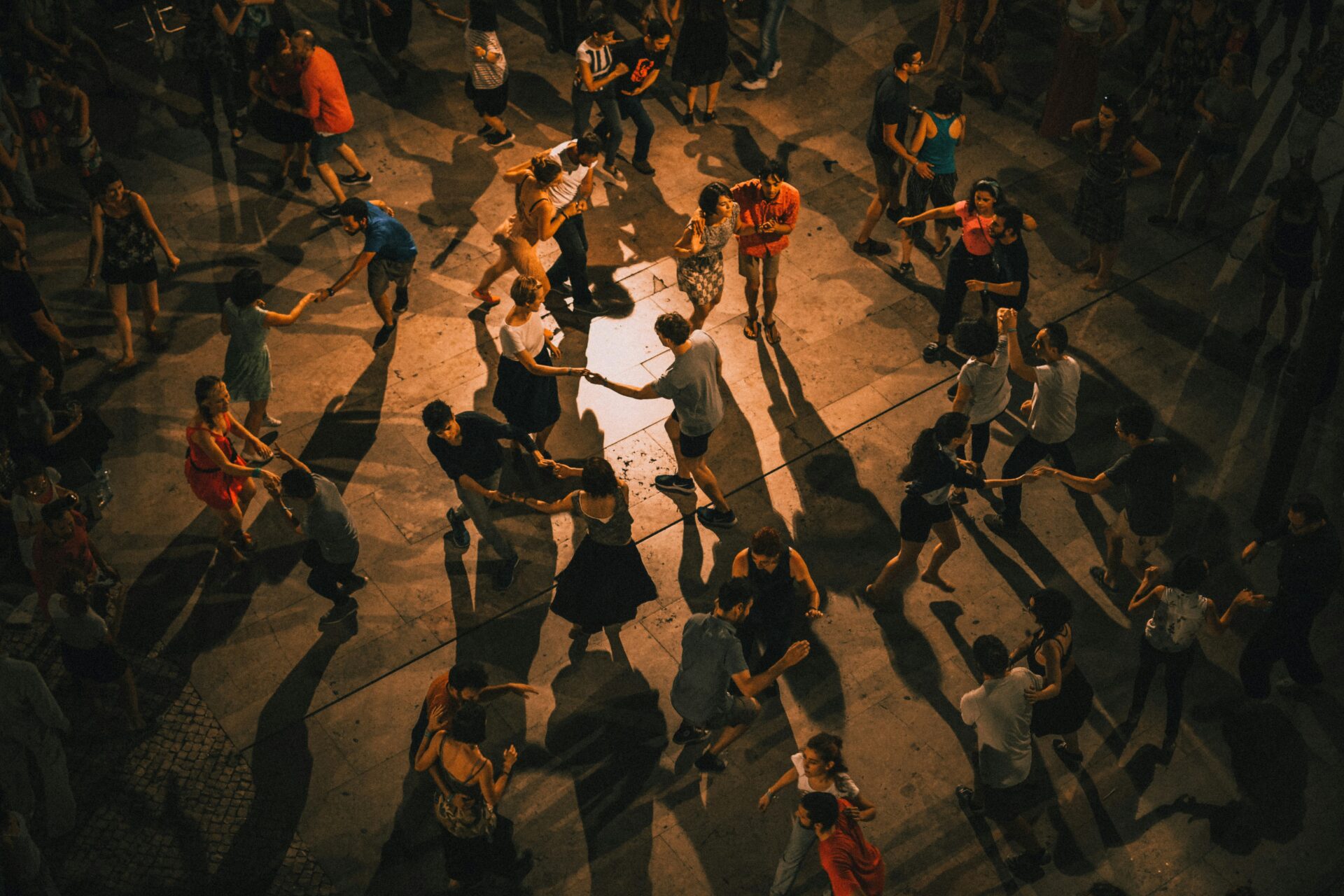
Influential Music Venues and Local Landmarks
Tampa’s musical heartbeat lives inside its venues—each with its own vibe and influence. Whether I’m cheering in a packed arena or listening to a local band in a cozy bar, the city’s music scene is shaped by these gathering places.
The Ritz Ybor’s Iconic Status
The Ritz Ybor is one of Tampa’s legendary spots for live music. Sitting in Ybor City since 1917, it’s gone from theater to long-standing music hub.
I’ve seen The Ritz book everything from alternative bands to big-name DJs. Its art deco style, mixed with modern sound systems, gives it a special energy.
Fans pack both the floor and VIP spots. The checkered dance floor and balcony seating make it feel intimate, even when it’s wild.
Locals treat a night at The Ritz like a rite of passage. For me, the place captures Tampa’s old-school roots and creative, new energy.
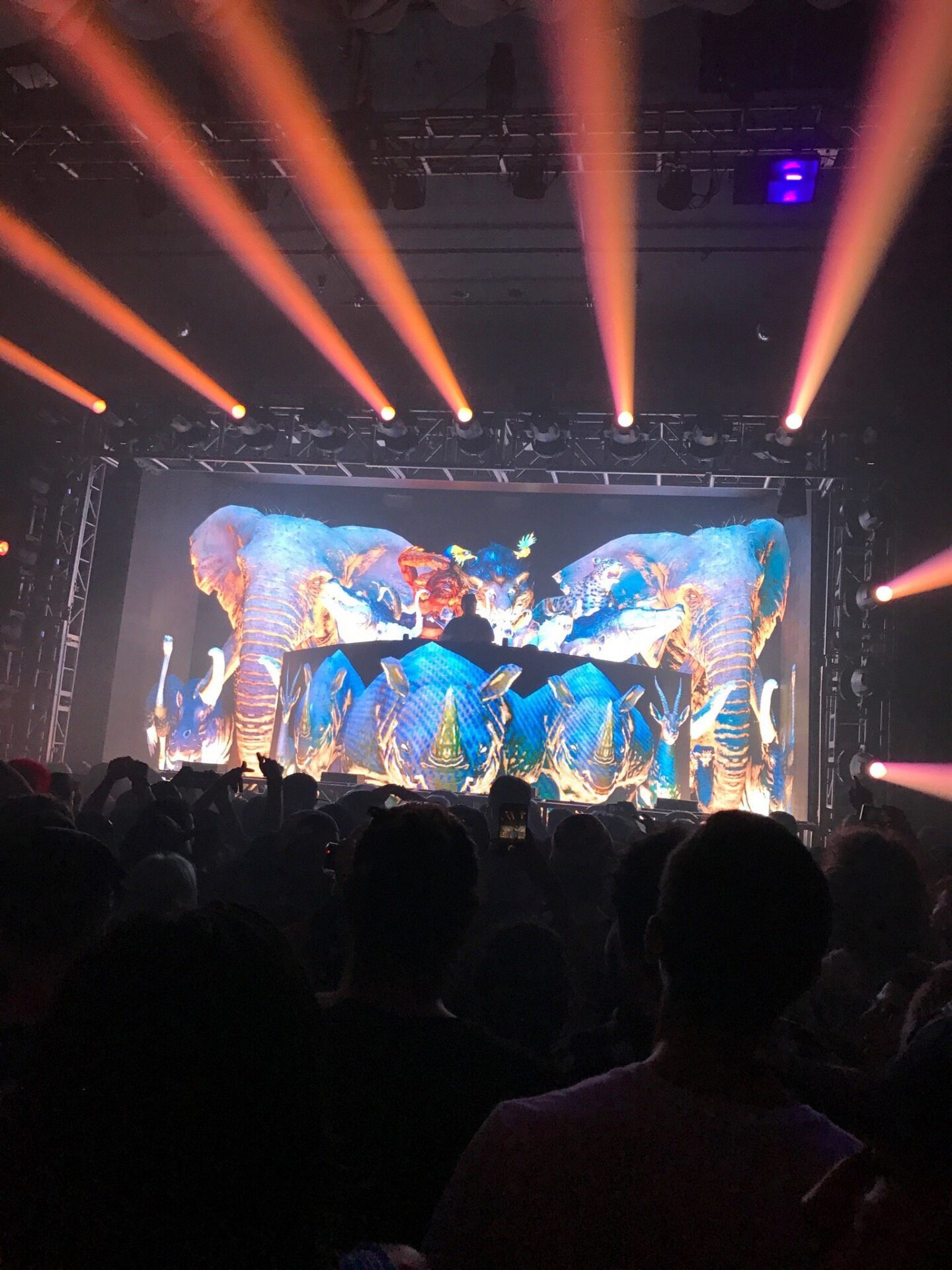
Amalie Arena’s Role in Large-Scale Performances
Amalie Arena is where Tampa goes big. With about 20,000 seats, this downtown venue brings in the biggest names in pop, rock, and hip-hop.
International stars regularly pick Amalie Arena for their Florida shows.
The space shifts easily from concerts to sports or festivals. With great acoustics and huge video screens, every show feels massive.
I always get a rush from the crowds and the energy at big events here. Amalie Arena puts Tampa on the map for major tours.

Intimate Clubs and Independent Stages
Small venues are the soul of Tampa’s music scene. Places like Crowbar in Ybor City and Skipper’s Smokehouse offer a much more personal vibe.
I love being close to the stage, discovering new acts, and soaking in the mix of genres.
Crowbar is known for indie bands and up-and-coming artists. Its cozy setting brings fans and musicians together in a way big venues just can’t.
Skipper’s Smokehouse has a reputation for laid-back, outdoor shows—think blues, reggae, and folk under the stars.
Even beach bars like Harry’s Beach Bar add a chill, toes-in-the-sand touch to live music. These independent spots support local talent and let Tampa’s diverse sounds shine.
For me, Tampa’s small clubs are where the city’s musical heart really beats.
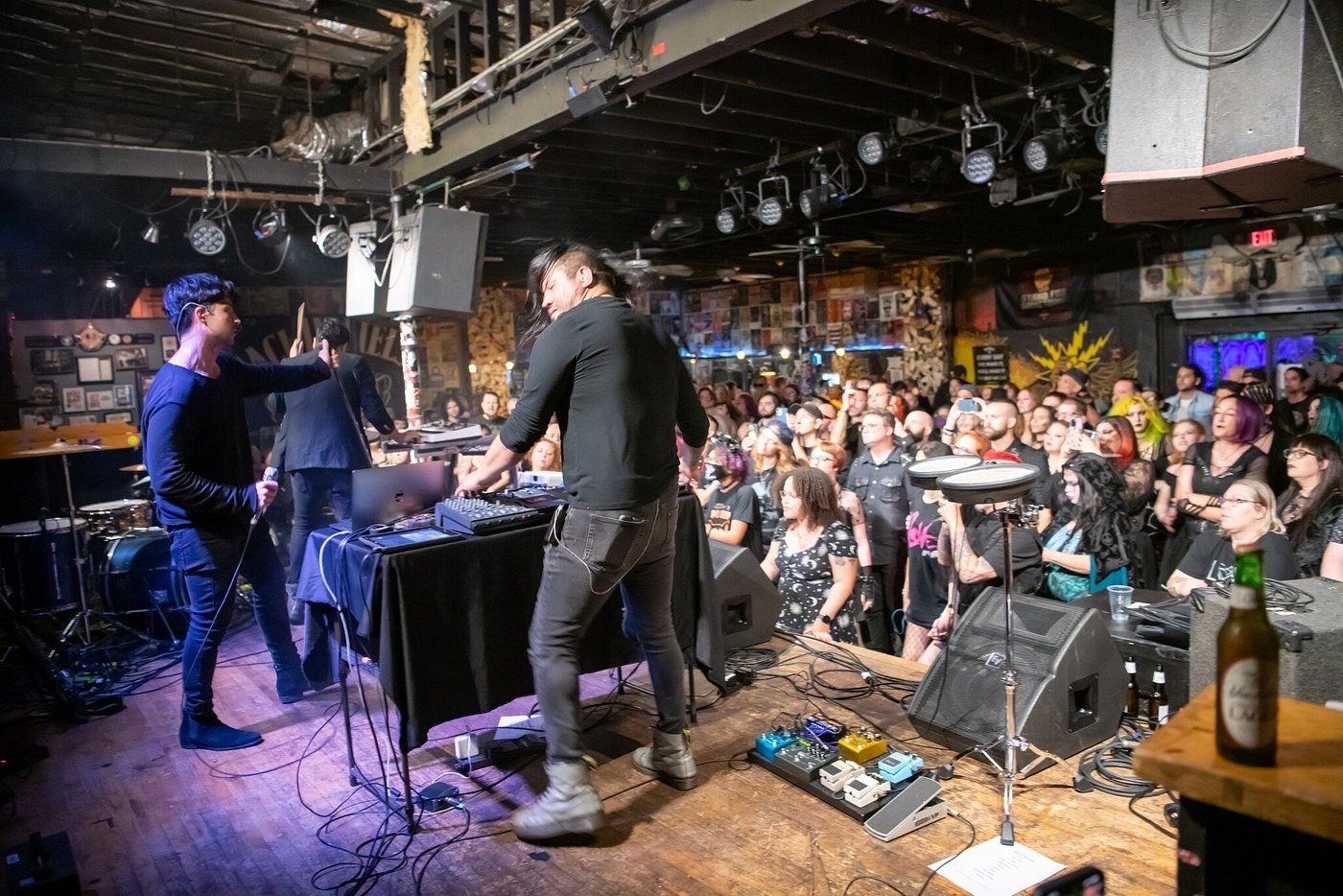
Live Events and Festivals That Shape the Scene
Festivals and live shows bring Tampa’s music scene to life. Each event tells a different story—sometimes it’s about the city’s wild mix of genres, other times it’s all about local pride.
Gasparilla Music Festival and Community Gathering
Gasparilla Music Festival is one of Tampa’s biggest annual parties. It takes over downtown at Curtis Hixon Waterfront Park and Kiley Gardens Park, with multiple stages and a lineup that jumps from indie rock to hip-hop, bluegrass, and electronic.
But it’s more than just music. The festival donates proceeds to local arts and music education, helping students and schools.
Big headliners share the stage with local acts, giving new artists a real shot.
Food trucks and artisans line the park, so you can snack, browse art, and catch a show all in one afternoon. The sense of community here is strong—families, music lovers, and out-of-towners all come together.

Highlighting The Groove Collective’s Influence
The Groove Collective has a huge impact on Tampa’s local music culture. They mix funk, R&B, jazz, and soul, bringing together musicians from all walks of life.
Their shows feel more like jam sessions than concerts. I love how musicians and fans actually connect—it makes the music feel personal.
The Groove Collective usually plays smaller venues, so you’re always close to the action.
Their influence stretches beyond the stage. Young musicians look up to them, and their events inspire more folks to jump into the local scene.
Honestly, they’re proof that collaboration keeps Tampa’s music fresh and open to anyone.
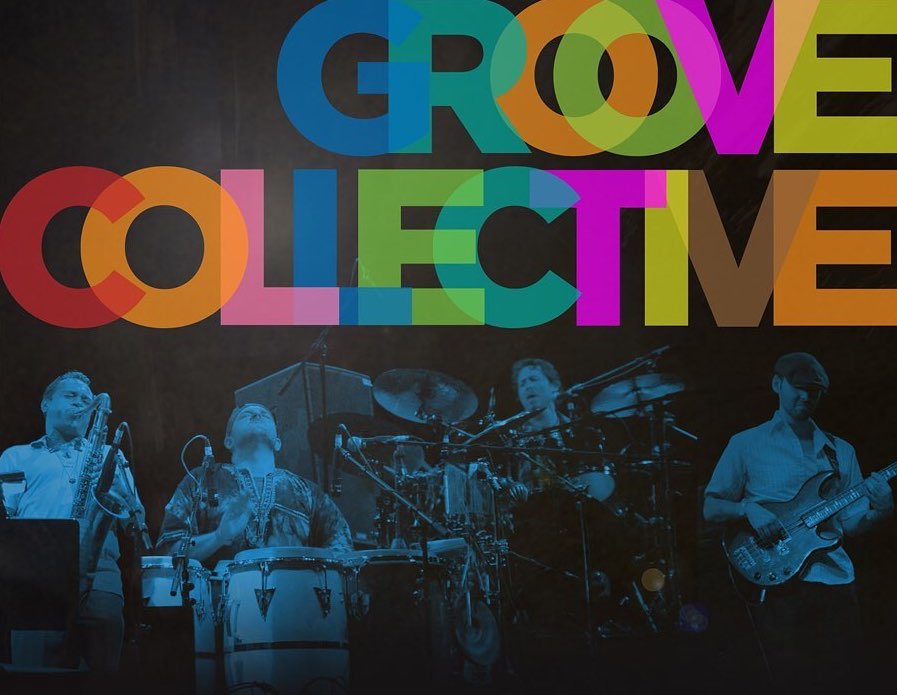
Emerging Annual Showcases and Local Series
Besides the big festivals, Tampa’s scene thrives on smaller showcases and music series. The Breakaway Music Festival and 98ROCKFEST pull in big crowds with EDM and rock acts.
These shows often land at places like Raymond James Stadium or Amalie Arena.
Smaller events—open mic nights, jazz brunches, songwriter showcases—pop up in clubs, bars, and parks. They give new artists a chance to play in front of a crowd.
Fans love these regular events, and they turn into popular hangouts for music lovers.
Mixing big festivals with local series keeps the scene growing. Artists at every level get a shot to reach new listeners and build their following.
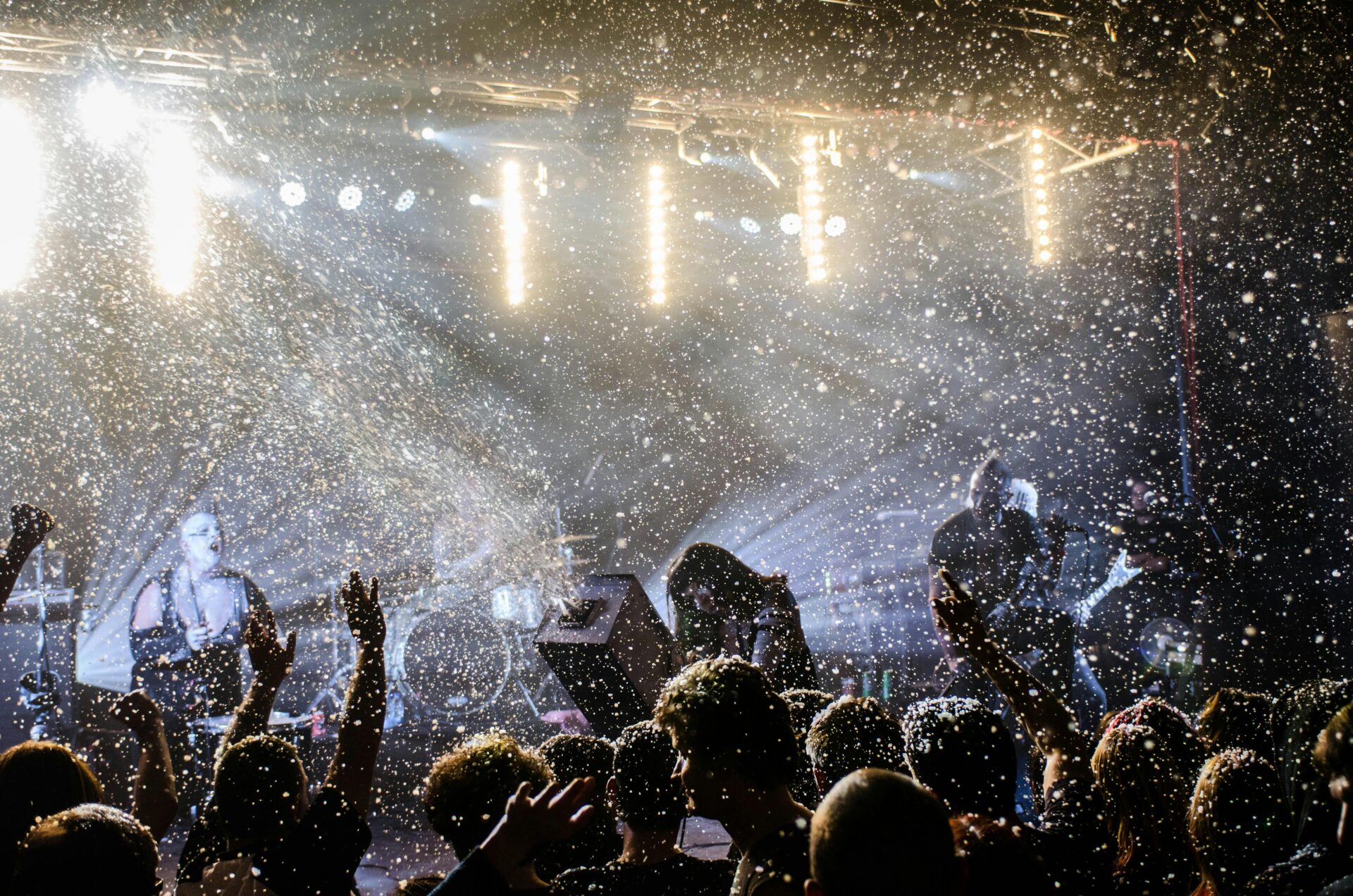
The Role of Community: Education, Local Media, and Future Growth
Tampa’s music culture grows because the community gets involved, educational programs stay strong, and everyone’s looking ahead. Local institutions and media connect musicians with opportunities and fans.
University Programs and Youth Development
Universities like the University of South Florida and the University of Tampa offer solid music education programs. Students learn from skilled instructors, practice in modern spaces, and get real performance experience.
High school music programs in Tampa Bay are strong, too. Many schools have bands, orchestras, and choirs that compete and perform.
Youth festivals and summer camps help students meet mentors and pick up the basics of performing, songwriting, and working together.
Community programs have popped up lately—free instrument lessons at libraries or city-funded afterschool music groups. These efforts support diverse talent and make sure everyone can access music, no matter where they live.
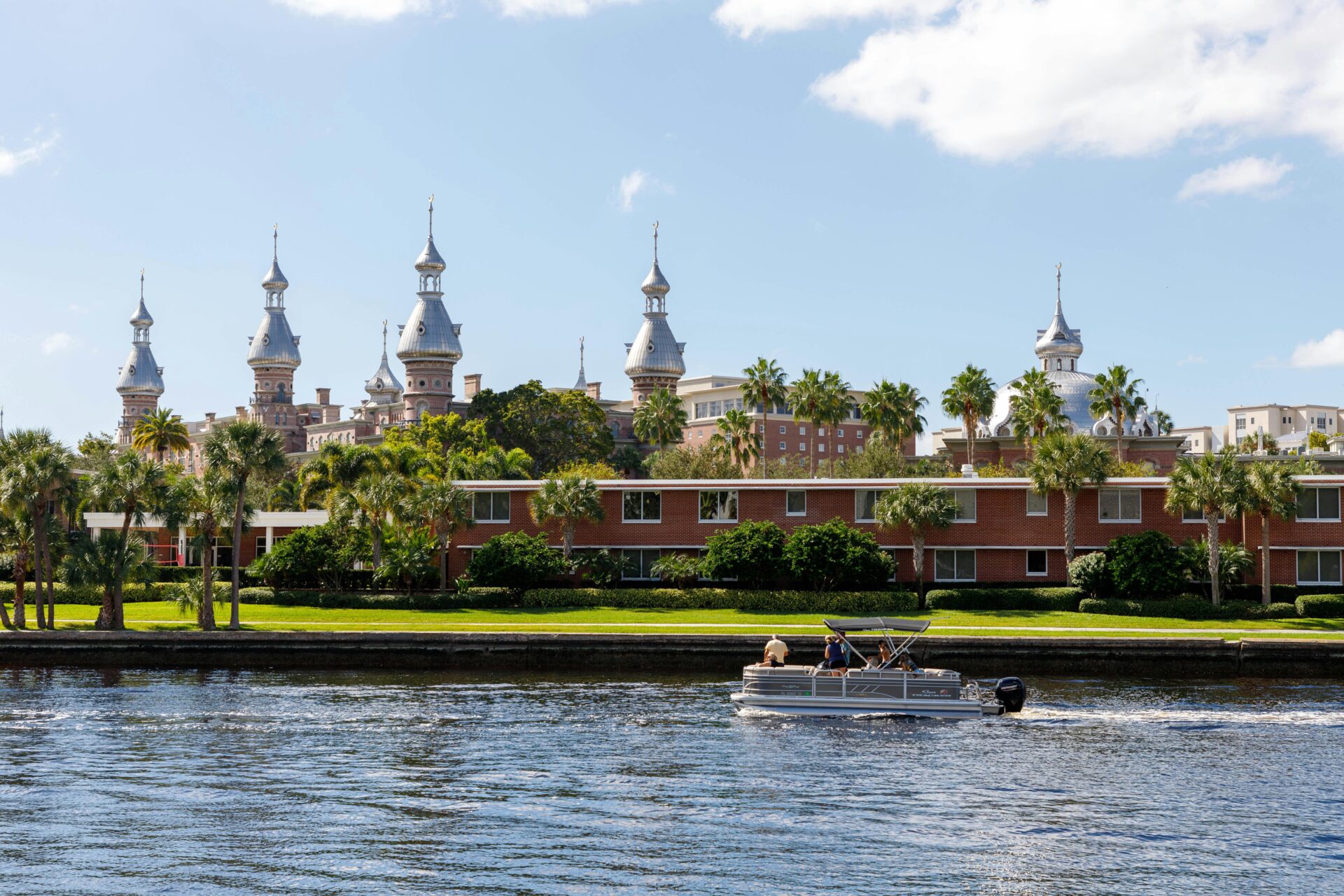
Role of Tampa Media in Promoting Artists
Local newspapers and online magazines like the Tampa Bay Times and Creative Loafing are always buzzing about music events. They spotlight new artists, review concerts, and keep a packed calendar of local shows and venues.
Honestly, I’ve found so many up-and-coming acts just by browsing their event listings. It’s almost too easy to stumble into something fresh around here.
Radio stations really get involved, too. They dedicate air time to local musicians, and college radio especially stands out—those stations often host interviews and live performances with Tampa bands.
Journalists and magazines run social media accounts that spread the word about new trends. Sometimes, you see a band’s following grow overnight just because of a single post or review.
This kind of local media buzz can drive concert attendance and help build a musician’s reputation in Tampa Bay. I’ve watched artists’ audiences grow after getting featured, and it’s honestly inspiring to see how much impact a few well-placed words can have.

Innovation and Future Prospects
City leaders are pouring energy into creative spaces and backing music-focused programs through the “Live Grow Thrive 2045” plan. Over the past few years, new venues and rehearsal spaces popped up downtown and in Ybor City.
City grants have helped small music businesses take root and expand. Nonprofits and start-up incubators jump in with new tech, nudging artists to try out online tools for virtual concerts and remote collaborations.
Lately, I’ve seen a bigger push for music festivals that really put local talent in the spotlight and draw in visitors from nearby cities. All of this gives Tampa’s music scene a real sense of momentum.
It feels like Tampa isn’t just keeping up with the times—it’s carving out a spot for itself and aiming for national buzz.

